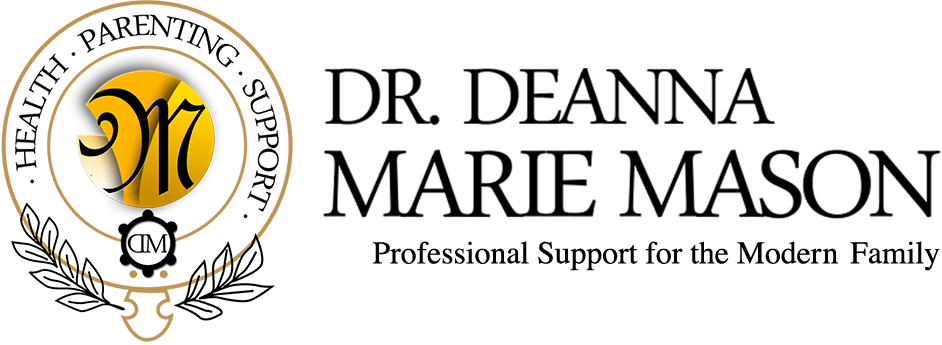Although food allergies are a common concern for parents, there are recommendations to help reduce the risk of developing severe food allergies as well as how to safely introduce these foods during infancy.
Food allergies, particularly to peanuts, tree nuts, fish and eggs, can be a source of stress for children and their families. Some food allergies can be life threatening and require high levels of vigilance to avoid a catastrophic allergic event. Therefore, new recommendations focused on helping children avoid developing food allergies are both timely and important.
It is recommended to include potentially allergenic foods while pregnant
Since 2008 randomized clinical trials (which are the most rigorous type of medical research) have concluded that there is no benefit in delaying the introduction of highly allergic foods (e.g. peanuts, tree nuts, fish, milk or eggs) to baby’s diets. Current research supports introducing highly allergic foods early and often. This includes having mom consume these foods during pregnancy, as long as mom is not allergic to any of these foods herself.
All major pediatric associations recommend that solid foods be delayed until a baby is 6 months of age and developmentally ready. To learn more about this, please read my blog post: Are there risks to introducing solid food early?. Therefore, the recommendations for introducing highly allergic foods to baby should occur between 6 months and 12 months of age. However, if mom does not have any allergy to these foods, she may eat them throughout pregnancy to help expose her baby while still in utero.
It is important to stress that all parents should work closely with their primary health care provider to determine what is best for each child based on the family’s particular allergy history and the child’s health status. If families have a history of allergies, parents should seek the assistance of their primary care provider to direct and monitor the introduction of new foods. Parents of babies with high-risk for allergies, such as a family history of eczema, may want to consider seeing an allergy specialist before introducing highly allergic foods.
Some tips to reduce the risk of complications when introducing allergenic foods to your baby’s diet
In addition to the direction and supervision of the child’s primary care provider or allergy specialist, here are useful new updates that parents can use to limit the risk when introducing highly allergic foods to their infants:
- Do not introduce highly allergic foods as the baby’s first solid food. Pureed vegetables, purred fruits, or grain-based cereals are better options.
- Only introduce highly allergic foods to babies that are healthy, without an illness. This includes upper respiratory infections (e.g. cough, runny nose, nasal congestion).
- Introduce the highly allergic foods for the first time at home. Avoid introducing new foods in other settings such as restaurants or daycare.
- Make sure a responsible adult is monitoring the baby’s response to the highly allergic foods at the initial introduction. Do not allow teenage babysitters or adults who are monitoring more than one child simultaneously, such as in a daycare setting, to introduce these foods.
- Be sure to monitor the baby for a sufficient amount of time after introducing a highly allergic food, not just at the time of feeding. This will allow parents to notice if any reaction is occurring and react quickly.
- Start by feeding a small portion of a highly allergic food and then wait 10 minutes to see if a reaction occurs before feeding the entire serving.
- To avoid the risk of choking, never give peanut or nut butter directly from a spoon or give whole peanuts or nuts to children younger than 5 years of age. It is safer to spread a thin layer of nut butter on a cracker or piece of toast to facilitate safe eating of this high thick, sticky food.
Although food allergies are a common concern for parents, there are recommendations to help reduce the risk of developing severe food allergies as well as how to safely introduce these foods during infancy.
Sources:
- Boyce, J.A., Assa’ad, A., Burks, A.W., et al. (2010). Guidelines for the diagnosis and management of food allergy in the United States: A report of the NIAID-sponsored expert panel. Journal of Allergy Clinical Immunology, 126(Suppl 6), pp. S1-S58. doi: 10.1016/j.jaci.2010.10.2017
- Du Toit, G., Roberts, G., Sayre, P.H., et al. (2015). Randomized trial of peanut consumption in infants at risk for peanut allergy. New England Journal of Medicine, 372(9), pp. 803-813. doi: 10.1056/NEJMoa1414850.
- Fleischer, D.M. (2017). Life after LEAP: How to implement advice on introducing peanuts in early infancy. Journal of Paedatric Child Health, 53(Suppl 1), pp. 3-9. doi: 10.1111/jpc.13491.
- Togias, A., Cooper, S.F., Acebal, M.L., et al. (2017). Addendum guidelines for the prevention of peanut allergy in the United States. Report on the National Institute of Allergy and Infectious Diseases-Sponsored Expert Panel. Journal of Pediatric Nursing 32, pp. 91-98. doi: 10.1016/j.pedn.2016.12.006.
About the instructor
Proactive Parenting
Deanna Marie Mason PhD
More than 20 years of clinical experience helping families:
Bachelor's Degree in Registered Nursing, Master’s Degree in Pediatric Nurse Practitioner and PhD in Nursing. University professor, patient education specialist, pediatric researcher, published author and reviewer to first-line international scientific journals, continuous philanthropic activity related to health promotion and education, wife and mother of two children.






